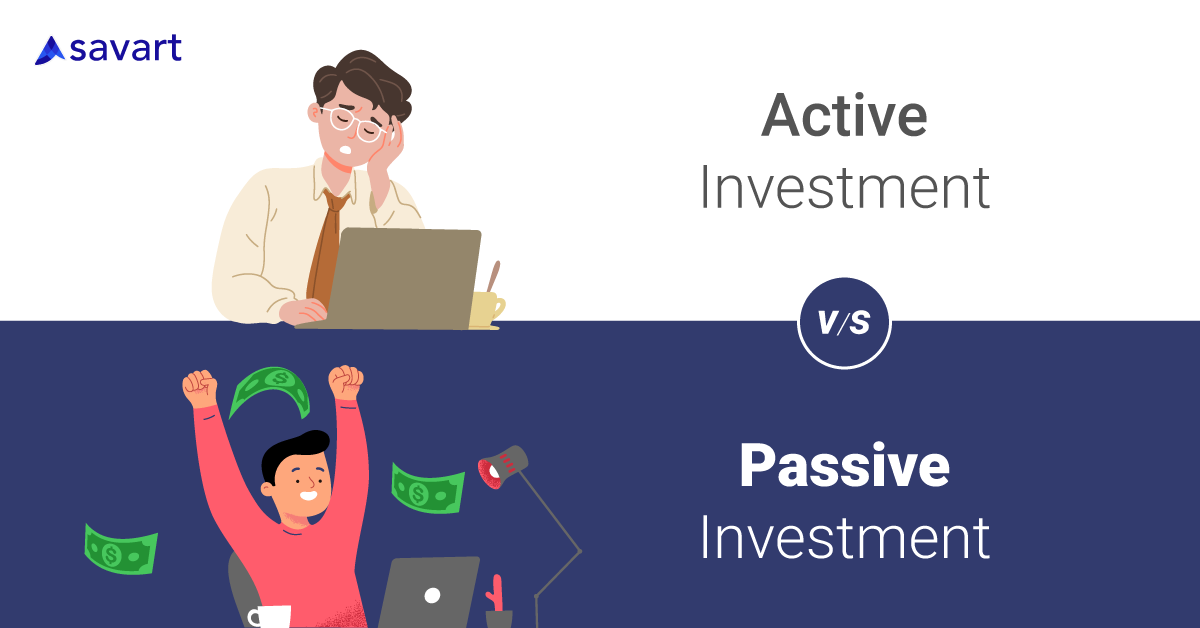How Valuations Are Losing Relevance In The Post-pandemic Era
Buoyancy is the right word to describe the current market. The way the broader market and a few sectoral indices have gone up over the last 18 months (about 1 and a half years) is incredible. During the times before the pandemic, it was impossible to see the Nifty rallying by more than 128% in just a few months.
The way the market is moving currently, an understanding about how the commonly used price to earnings ratio (P/E) and price to book ratio (P/B) seem outdated because of overvaluations of the market since early 2020. Companies that have developed a market leadership position are the ones that see high interest among investors, and they are the ones that are trading at exorbitant valuations.
The most important argument for not using these ratios is that to make the most of the stock market, investors must not only study the quantitative aspects of a stock such as historical performance, but they must also know how the stock is performing on a qualitative basis. This means they must understand the inherent quality of the business and its potential in gaining significant market traction.
Some of the most important qualitative criteria for investors are the integrity of the management, pricing power of the business, future relevance of products or services, the competitive edge of the company and many more. These make more sense for investors to understand the worth of a stock.
Look at these stocks, for example. Reliance Power, run by the now beleaguered billionaire Anil Ambani, versus Asian Paints, which has a sound and reputed management. We can tell how these qualitative aspects have become important for investors. Asian Paints has always had a high p/e ratio compared to Reliance Power, but the story of the stock paints a different picture.

An excellent company trading at high valuations is justifiable during challenging times because weak and unorganized players create a void in the industry that usually gets filled by companies who increase their market share.

As we advance, old-style valuations like P/E or P/B may not look too extreme as significant growth would get seen in the earnings per share of companies, since managements of reputed companies have grand expectations from investors.
Never forget the basics of the Investment approach, be that during the march of 2020, wherein it made four years’ low, or during significant rallies, market-making its all-time high in October 2021.
(Please note. we are neutral on the companies that we have considered in examples)
-

Individual investors engage in stock market activity for a variety of reasons, e.g., long-term gains, short-term gratification, experiencing daily highs/lows, learning, applying intellectual strategies, etc. Their approaches to achieving these objectives can be broadly classified as active or passive in terms of the time spent analyzing the markets and their frequency of transactions. Let’s understand […]
-

7 Common Investing Mistakes That Can Reduce Your Returns from the Market Investing is an exciting experience. But it can also overwhelm people, especially those who are starting afresh. By their very nature, stock markets go up and down – disciplined investors understand this, and develop strategies to reduce their risks during market lows (as […]

